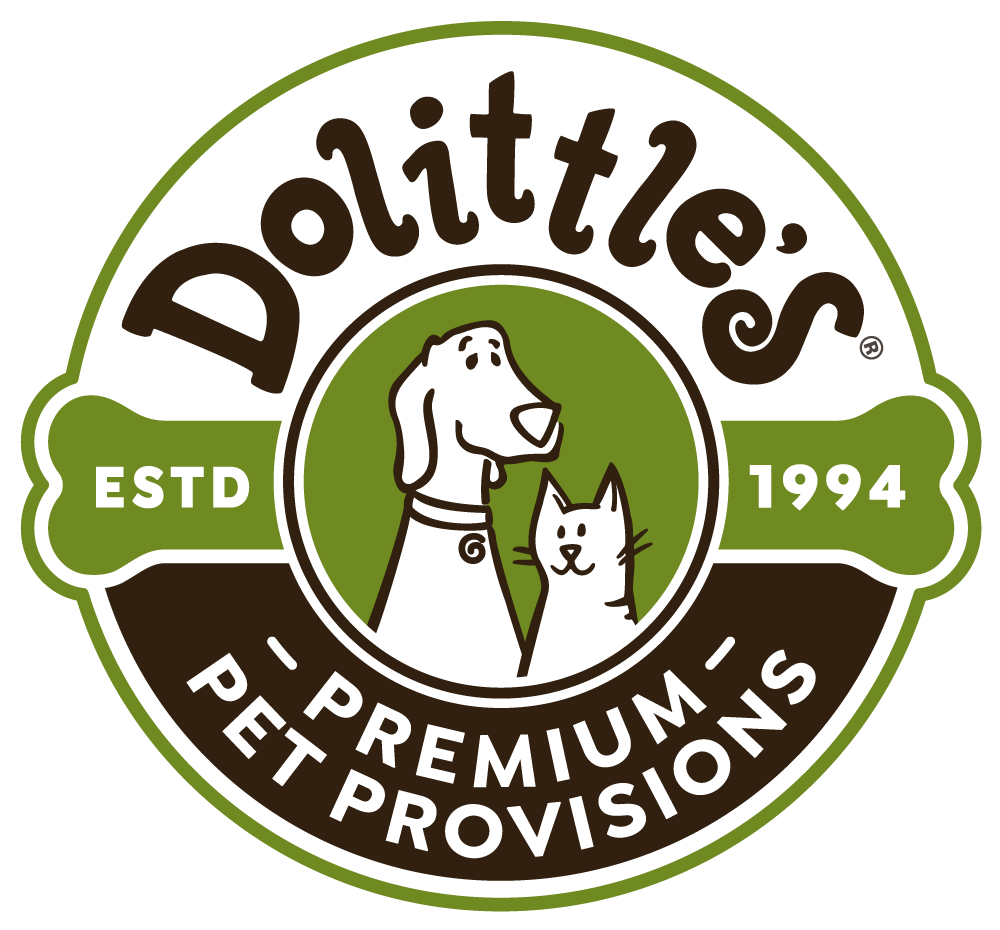Roar for Raw Food
feed your beast the best
Biological Observations
Dogs are opportunistic carnivores which means they will choose meat over cereal. Cats are obligate carnivores which means they must eat meat to survive. The tooth and jaw structure of both of these animals indicates they are predators. They have sharp front canines to grip prey and get through hide. They have jagged premolars and molars to crush bones. Additionally their mandibles have very little lateral movement. Meaning they are not designed to masticate their food. Herbivores and omnivores have articulating mandibles and flat molars to grind plant material. Both dogs and cats lack amylase (the enzyme to break down plant material) in their saliva. Additionally both species have short esophageal paths, single stomachs, and highly acidic gastric fluid. All of these attributes indicate an ability to consume & digest uncooked foods.
Raw Foods Have More Meat
Dogs and cats are biologically prepared to consume raw meat. For years, since the advent of kibble (1956), we have justified carbohydrates in our pets diet. Pet food manufacturers require carbohydrates to make food. Just as we need flour to make cookies or cakes. Without the carbohydrates our cookies become nuggets and our cakes become tortes. It is the pet food industry that requires carbohydrates, not the consumer.
Raw Foods Use No Heat
The raw food process is similar to making hamburger patties. This process allows for more meat inclusion and significantly less carbohydrates than kibble. If we review a prey model diet for dogs then we would see a diet that is 75% meat, 10% bone, 10% organ, and 5% fiber. Raw food delivers this ratio.
Raw Foods Are Better to Eat
Putting your dog or cat on a diet that is more aligned with their biology increases their ability to operate better. Dry dog food inhibits digestion because of the excessive carbohydrates and lack of moisture. Raw food is exactly the opposite. It’s more easily digested and offers nearly 7 times the moisture. Add to that, raw foods are rich with uncooked bones for calcium. They also use a small amount of fruits and vegetables to make up the vitamin content naturally.
Visible Improvement
Once you feed a regular diet of raw food you will begin to see the improvements. Identifiable improvements like cleaner teeth, shinier coat, looser skin, reduced stool volume, and less odor. Pets on raw diets get to a balanced weight. Underweight pets gain weight, and overweight dogs lose weight. Digestion is improved and as a result immunity is improved.
Low Risk
Formulation
Commercially produced raw food is formulated by veterinarian nutritionists, and meets the requirements of the American Association of Feed Control Officials (AAFCO) for a balanced canine or feline diet. Interestingly enough most raw food manufacturers don’t use synthetic ingredients at all. Their vitamins come from natural sources of raw fruits and vegetables, thereby reducing the risk of vitamin toxicity.
Safety
Every manufacturer that makes food for the public, human or animal, must present food that is safe. The FDA has a zero tolerance policy for dangerous bacteria in food items. If bacteria is found then manufactures voluntarily recall their food from the market. Additionally, several raw food companies employ High Pressure Processing (HPP) and test and hold protocols to assure food safety.
BE SMART:
Keep raw food frozen
Only thaw two days worth at a time
Don’t leave raw food out for more than an hour
Clean bowls and prep area regularly
Don’t lick your dog’s bowl





